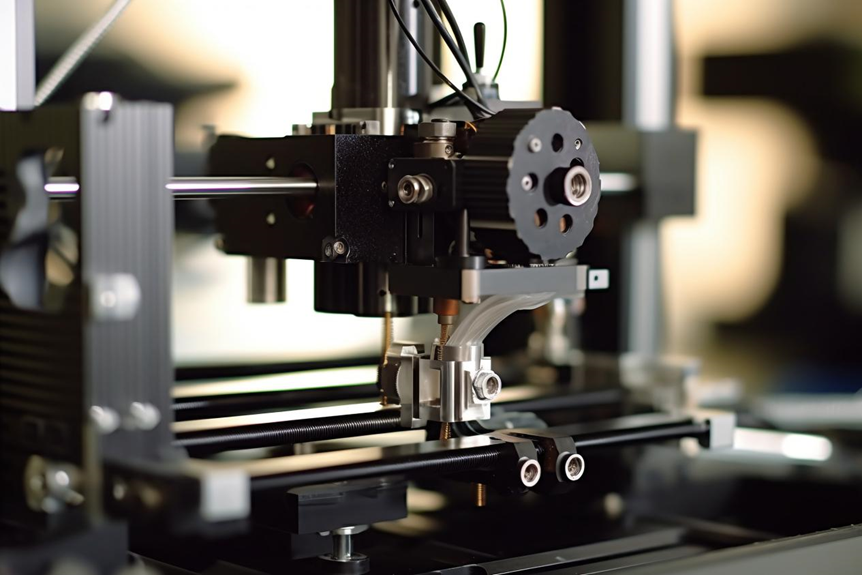In the ongoing evolution of technology, 3D printing has emerged as a cornerstone tool across multiple fields. The year 2024 has seen a spate of groundbreaking research on 3D printing published in Nature and Science, two prestigious scientific journals. These studies underscore not only the latest advancements in 3D printing technology but also its immense potential in the future manufacturing landscape.
On January 16, 2024, researchers from the Department of Materials Science and Engineering at the University of California, Berkeley, along with colleagues from the Materials Science Division at Lawrence Berkeley National Laboratory and other institutions, achieved a significant breakthrough in photoluminescence using 3D printing. Their research, titled "Supramolecular assembly of blue and green halide perovskites with near-unity photoluminescence," was featured in Science. This study focused on the synthesis of halide perovskite materials for high-efficiency light-emitting diodes (LEDs), with 3D printing playing a pivotal role in the creation of photoluminescent structures. The use of 3D printing enabled precise control over the material's structure and properties, showcasing the versatility of 3D printing in materials science.
In February 2024, a collaborative research team from Chongqing University's School of Materials Science and Engineering, the University of Queensland in Australia, and the Technical University of Denmark made another significant contribution to the field of 3D printing. Their article, titled "Ultra-uniform, strong, and ductile 3D printed titanium alloy through bifunctional alloy design," was also published in Science. This research introduced a novel alloy design strategy that leverages the capabilities of 3D printing to create titanium alloys with exceptional uniformity, strength, and ductility. By employing 3D printing, the researchers were able to explore and optimize the alloy's composition and microstructure, demonstrating the transformative impact of 3D printing on materials engineering.

Image source: Photo Network
These research breakthroughs illustrate the vast potential of 3D printing in pushing the boundaries of material science and engineering. As the technology continues to advance, it is poised to revolutionize manufacturing processes and enable the creation of innovative products and applications. For more information on these and other groundbreaking research in 3D printing, please refer to related articles on news websites or scientific journals.
- pre:Analysis of the Import and Export Situation of China's Blow Molding Machine Industry in 2024
- next:SUMEC's performance in the field of B2B platform supply chain services
Please click to consult us immediately or call the hotline: 4006-979-616We will solve the problems in your heart in detail。Online consultation



 Online Service
Online Service
